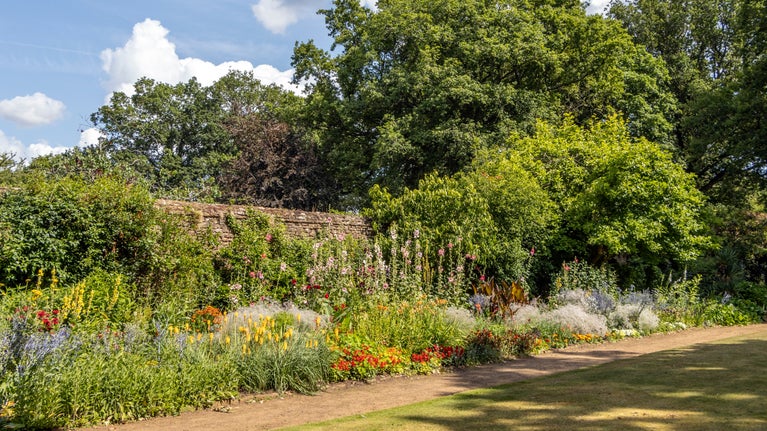
Donate to Munstead Wood
Please consider making a donation today, to support our work at Gertrude Jekyll's Munstead Wood, where gardening changed for ever.
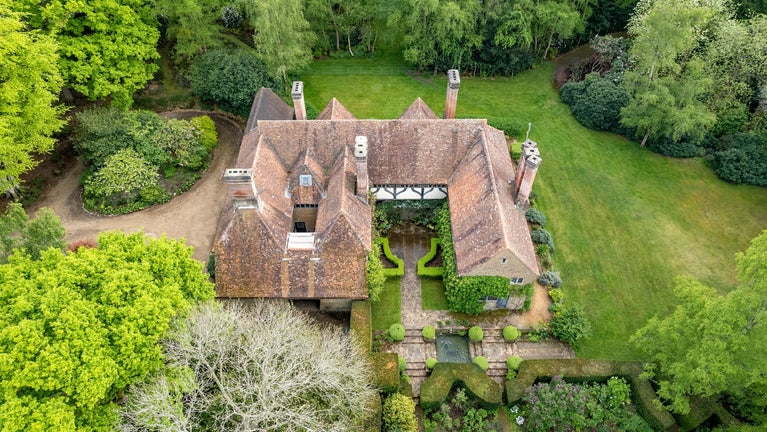
Munstead Wood is a handsome, yet simple, Arts and Crafts home. It is tucked away behind a long garden wall, in a quiet corner of Surrey, and yet, it is of international significance. Building it together was a decisive turning point in the careers of both Gertrude Jekyll and Edwin Lutyens and set in motion a creative zeal in Jekyll. A zeal which would change the way we garden for ever and touch the lives of gardeners worldwide to this day.
Gertrude Jekyll’s influence on horticultural design and practice is impossible to overestimate. She was not only one of the most prolific and pioneering garden designers the world has ever seen, she was also a generous one, with an unparalleled passion for sharing her ideas and love of gardening with others. Her cherished home – Munstead Wood – was her inspiration, her sanctuary and a platform from which to spread her gardening message. At Munstead Wood, Jekyll pushed new boundaries in garden design, experimented with plants, set up her own nursery business and was inspired to write extensively.
Munstead Wood has been nationally recognised as a Grade I listed building, and the garden as a Grade I registered landscape, with the garden walls also separately Grade II listed. The property sits within a Conservation Area, designated in recognition of the importance of the Lutyens/Jekyll heritage to the local area.
Begun in the early 1880s, the garden is rooted in the Surrey landscape. Named for the woodland from which it was created, Jekyll sought to retain the essence of the local terrain in her garden. She sought to celebrate and perpetuate the traditions of cottage life, and her home is an expression of her deep bond with the Surrey landscape and its customs.
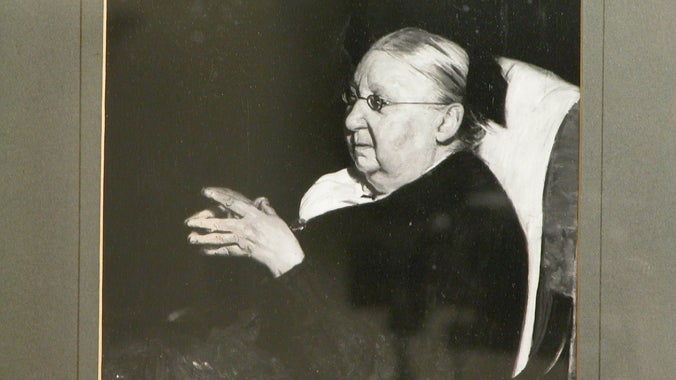
When Jekyll commissioned Edwin Lutyens to build her a house, together they created a home that embodied the Surrey vernacular, drew on historical sources and used local materials and craftspeople, yet was entirely modern in its design. This was the first complete expression of a style that went on to shape the architecture of Surrey from the early twentieth century onwards, establishing Lutyens’ career and generating international impact.
The survival of original features and minimal modernisation of the house makes it of particular interest as an early example of Lutyens’ style. Lutyens also designed other buildings for Jekyll within the grounds of Munstead Wood, including a building known as The Hut, a cottage for her head gardener, a stable block, woodstore and Thunder House, as well as garden steps, paths and pond. Together these form an important grouping of Lutyens buildings. Jekyll’s early contribution and continued friendship were instrumental to Lutyens’ illustrious career. Their collaboration on garden projects over four decades is a landmark in architectural and garden history.
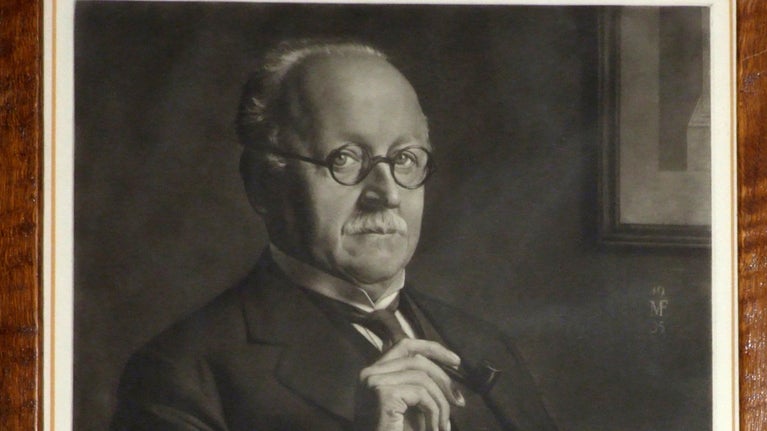
The local vernacular is expressed in the garden in Jekyll’s integration of cottage garden planting. Her use of common plants alongside species introduced from abroad and new varieties bred by nurseries signalled a new form of gardening where plants were recognised for their intrinsic beauty and usefulness, rather than for novelty or fashion.
This approach to plants, together with Jekyll’s application of colour theory, took flower gardening in a new direction. Her influence on combining colour and texture and her innovative planting plans can be traced through the generations to the present day, her significance allowing the classification of planting as before or after Jekyll.
Features of Jekyll’s gardening at Munstead Wood recognisable in our gardens today are the drifting colours of herbaceous borders, rambling roses growing through trees, the use of grey-foliaged plants, massed white foxgloves, and planting pockets in walls for plants to tumble onto stonework.
Jekyll’s artistic approach to gardening, which she described as ‘painting a landscape with living things’, was founded on her early art training and established her reputation as a self-styled ‘artist-gardener’. Her work at Munstead Wood was synonymous with Claude Monet’s creation of Giverny (1883-1926), both gardens inspired by a painterly approach but Jekyll’s set apart by her deep horticultural knowledge.
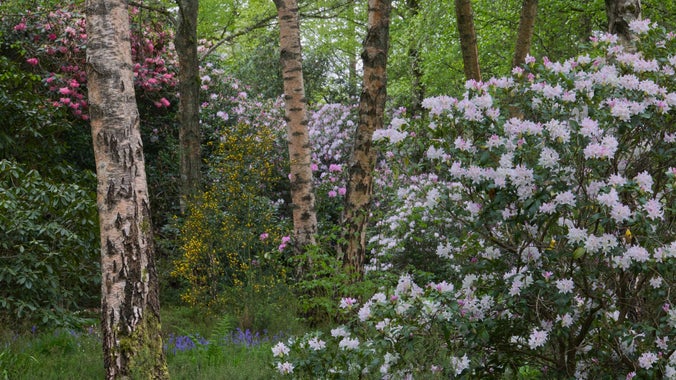
Jekyll had been a gardener all her life, but her gardening was only one aspect of a lifelong expression of Arts and Crafts philosophy, seen also in her mastery of decorative arts from silversmithing to woodcarving, gesso work to embroidery, shell pictures to marquetry.
She turned to garden design as a profession when her deteriorating eyesight prevented her from focussing on the close work of painting, craft and decorative art, beginning with designs for family and friends and expanding into a thriving business.
Munstead Wood became the source of planting ideas, a trial ground for new varieties, and the nursery where Jekyll raised plants to supply her clients. Throughout her years at Munstead Wood, Jekyll was running a business, designing over four hundred gardens and raising thousands of plants, as well as supplying cut flowers. She bred award-winning new varieties of annuals and perennials, a labour of love perfected over many years which was both hobby and investment.
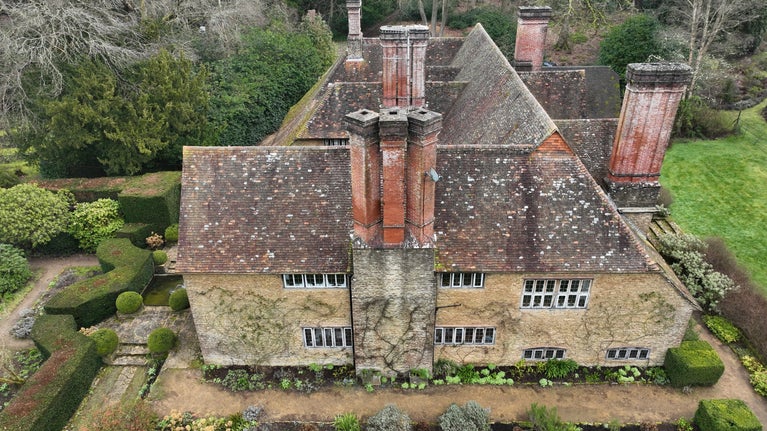
My garden is my workshop, my private study and place of rest’
One American visitor to Munstead, a Mrs Francis King, popularised her ideas across the Atlantic, and her books found a ready market in the US. Her literary achievement was recognised in the US where she was awarded a medal of honour in 1929. The Gardens Club of America are reported to have sent Jekyll a cheque for $10,000 in 1916 when she was seemingly facing financial struggles brought on by the First World War.
Jekyll designed gardens for clients in America, although she never travelled there herself. American garden designer Beatrix Farrand cemented Jekyll’s reputation in the US by acquiring her archive in 1940, now accessible for research at the University of California, Berkeley and containing garden plans, photograph albums and correspondence.
From her home at Munstead Wood Jekyll shared her thoughts in her many books and over 1,000 articles, inspiring generations of gardeners and garden designers across the World.
Many of Jekyll’s books remain in print today and her greatest legacy is in her writing. Her early success in the gardening press in the 1880s and 90s encouraged her to write books, and her reputation as a garden writer was consolidated in her fourteen books published after Munstead Wood became her home. She continued as a prolific writer, publishing over a thousand articles, including thirty in the year of her death, aged 89. As well as contributing to the gardening press, Jekyll’s universal appeal is evident in articles published in The Guardian Newspaper, Daily Mail and Daily Express, and her ideas were disseminated to a wide audience through regular features in Country Life. She also wrote for publications abroad.
It was through her writing, and the accompanying photographs taken by her, that her ideas on gardening proliferated and took root, her audience encouraged by her practical advice, inspired by her positioning as a fellow amateur, and charmed by her authorial voice. Jekyll’s writing is centred on place, and Munstead Wood and the ideas behind the garden are the focus of her articles. Jekyll’s designs and publications, together with the example of her own garden, changed the course of gardening in Britain and beyond.
She may truly be said to have transfigured the gardens of England

Please consider making a donation today, to support our work at Gertrude Jekyll's Munstead Wood, where gardening changed for ever.
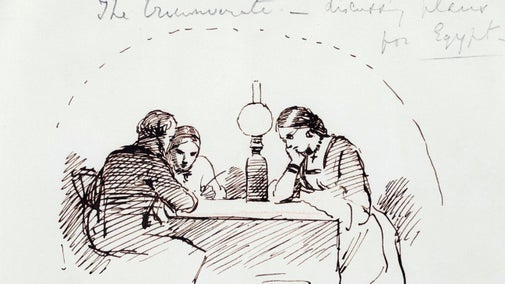
A brief overview of the fascinating life of Gertrude Jekyll and her journey to Munstead Wood and worldwide acclaim.

Discover more about the personal garden of Gertrude Jekyll, her signature style of garden-making and what remains today at Munstead Wood, Surrey.

The Arts and Crafts movement also influenced garden design, often using the idea of garden 'rooms' to bring the home outdoors. Discover the Arts and Crafts gardens in our care.
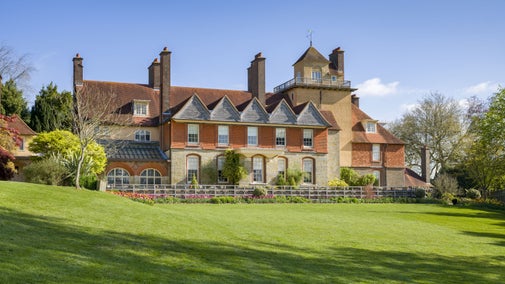
Born from a reaction to the excesses of Victorian industrialisation, these Arts and Crafts buildings showcase traditional craftsmanship, many featuring William Morris designs and interiors.


Iconic Arts and Crafts home of William and Jane Morris and the centre of the Pre-Raphaelite circle.

Arts and Crafts family home with Morris & Co. interiors, set in a beautiful hillside garden
